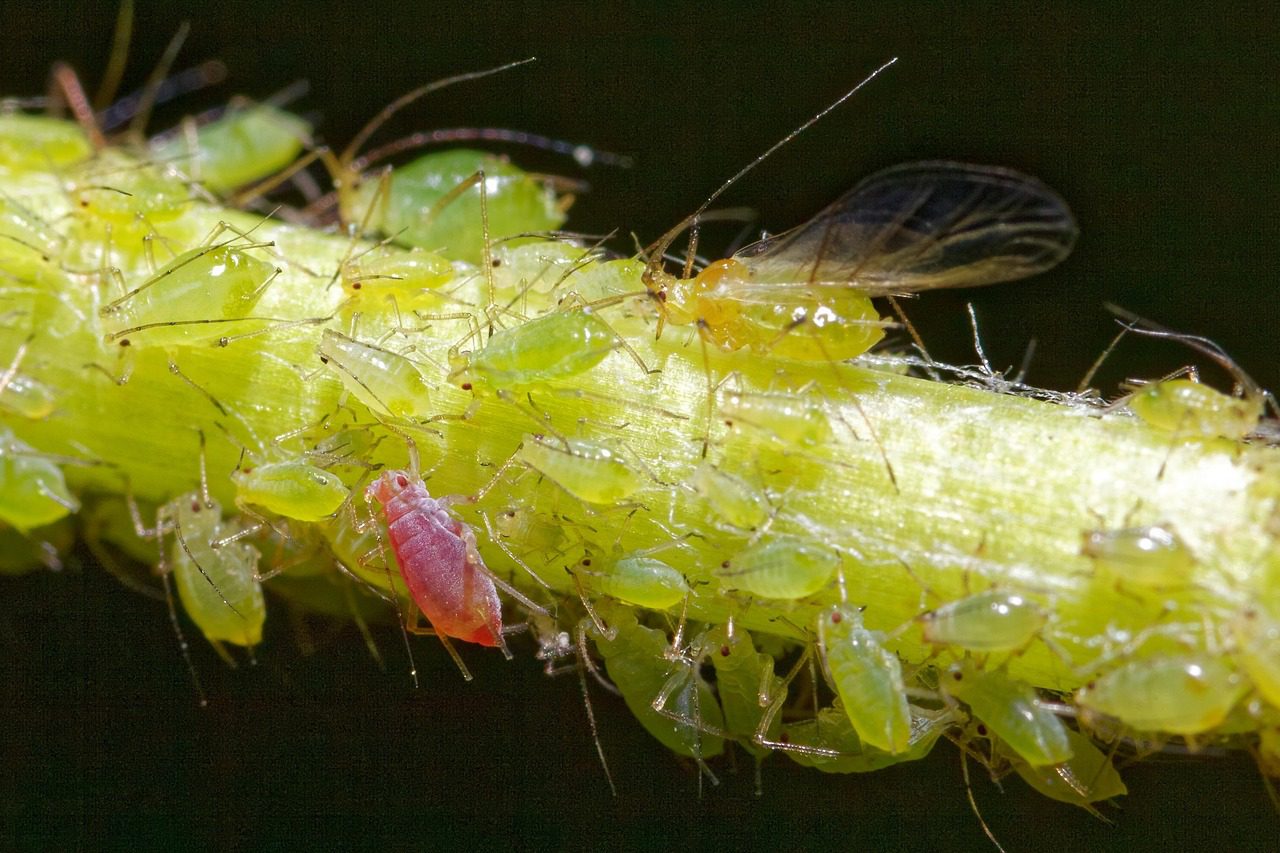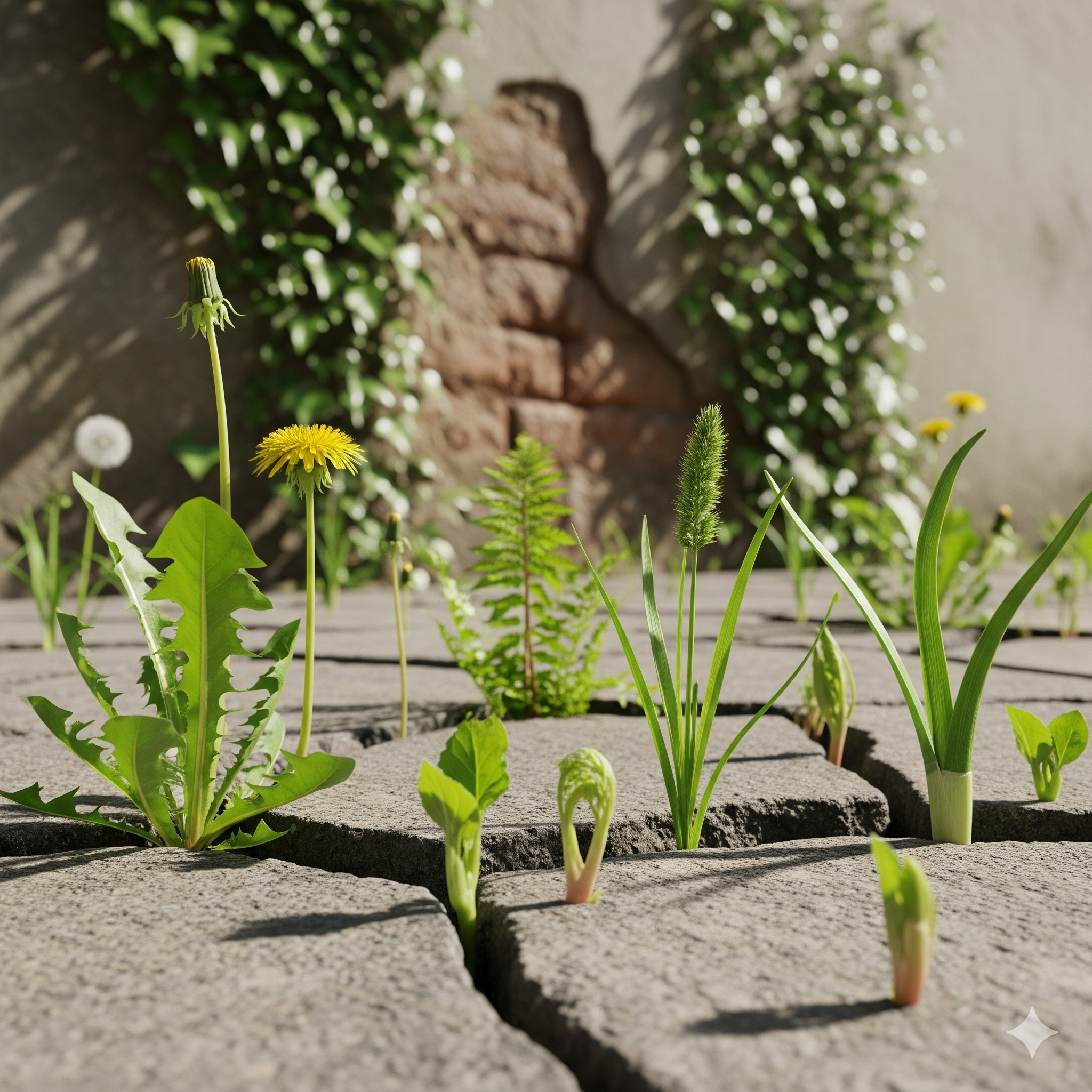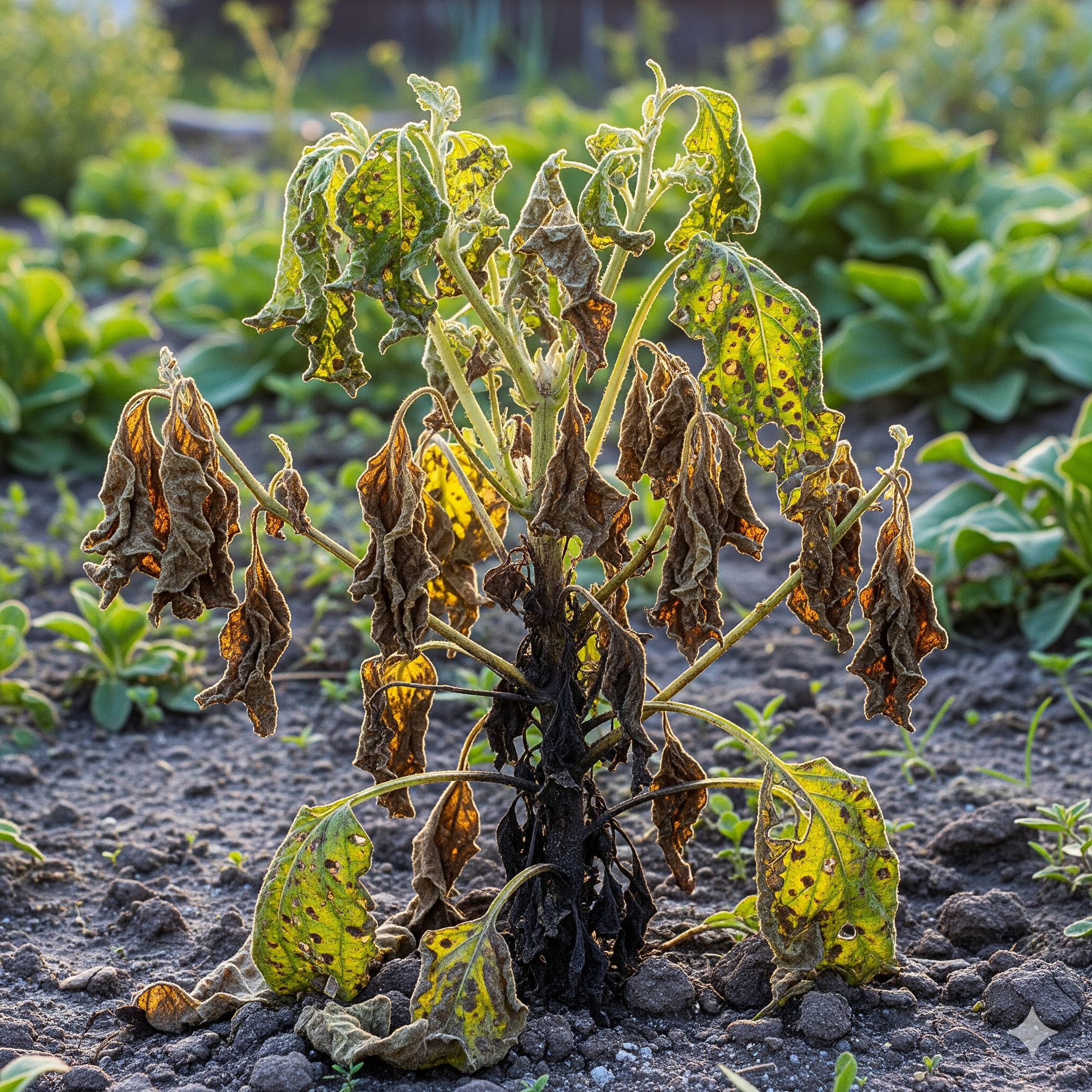Some links on this Website are affiliate links, meaning we may earn a commission if you make a purchase, at no additional cost to you. Please read our full Affiliate Disclosure for more details.
Houseplants can transform any living space into a fresh, calming environment, but they also come with a hidden challenge that is pests. While indoor greenery may seem safe from the bugs that plague outdoor gardens, many tiny invaders thrive just as well inside. These common houseplant pests can weaken your plants by sucking sap, chewing leaves, or burrowing into roots, often going unnoticed until the damage becomes severe.
If you’ve ever spotted sticky leaves, yellowing foliage, webbing, or tiny flying insects around your plants, chances are you’re dealing with one of these pests. The good news is that most infestations can be controlled if caught early, especially when you know what to look for. In this guide, we’ll explore the most common pests that affect houseplants, how to identify them, and effective methods to get rid of them so your indoor jungle stays healthy and thriving.
7 Easy Tips For Growing Plants Indoors
Houseplant Pests Every Indoor Gardener Should Know About
1. Aphids
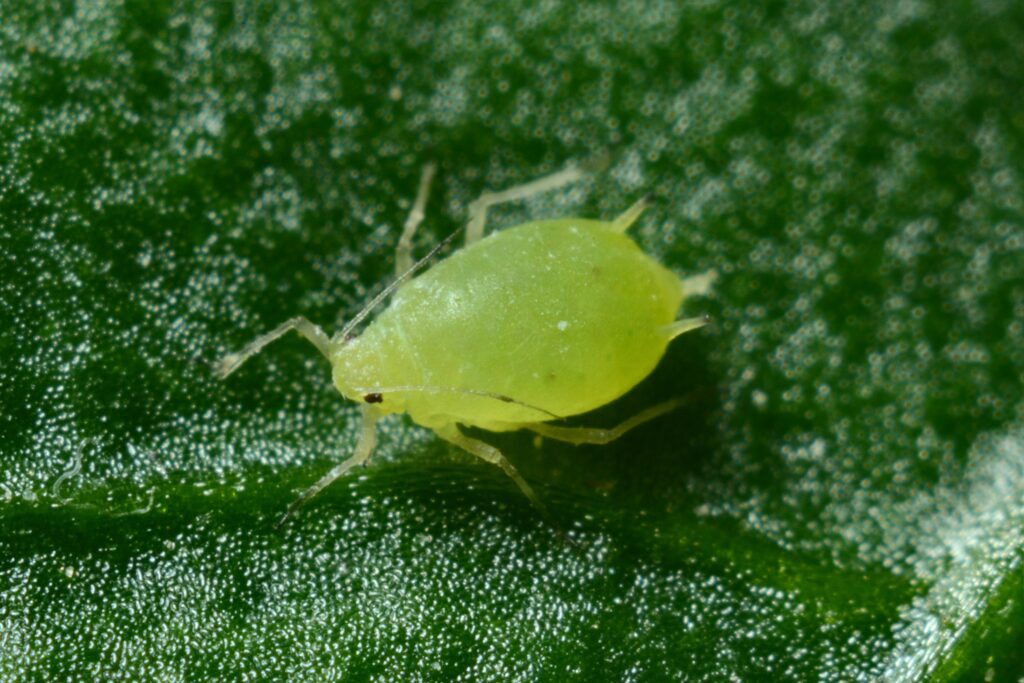
Aphids are among the most frequent pests that affect houseplants. These small, soft-bodied insects usually appear in clusters on new shoots and leaves. They feed by sucking sap, which causes curling, yellowing, and weak growth. Over time, they leave behind sticky honeydew that encourages mold growth and attracts ants.
Since they reproduce quickly, aphids need immediate attention. Washing them off with water can help during early infestations, while neem oil or insecticidal soap provides more effective control. For anyone focused on indoor plant pests control, managing aphids is often one of the first lessons.
How To Care For ZZ Plant Indoors
2. Spider Mites
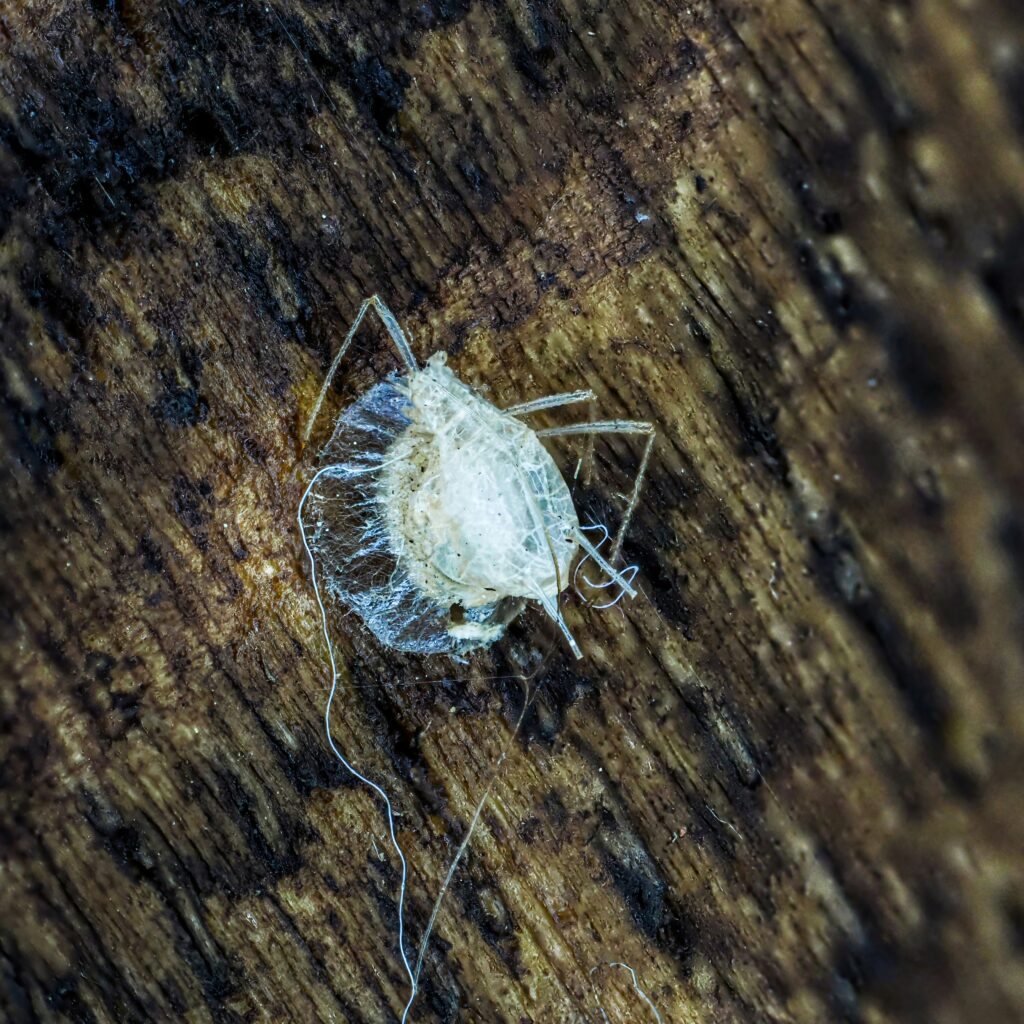
Spider mites are tiny arachnids that are difficult to see but cause serious damage. They thrive in dry indoor environments, making them a common winter problem. Infested plants show speckled leaves, discoloration, and fine webbing across stems and leaves. Because they reproduce rapidly, they can quickly weaken plants if ignored.
Raising humidity, wiping leaves with soapy water, and applying neem oil are effective strategies. For better houseplant pest identification, keep an eye out for the telltale webbing that distinguishes spider mites from other insects.
3. Mealybugs
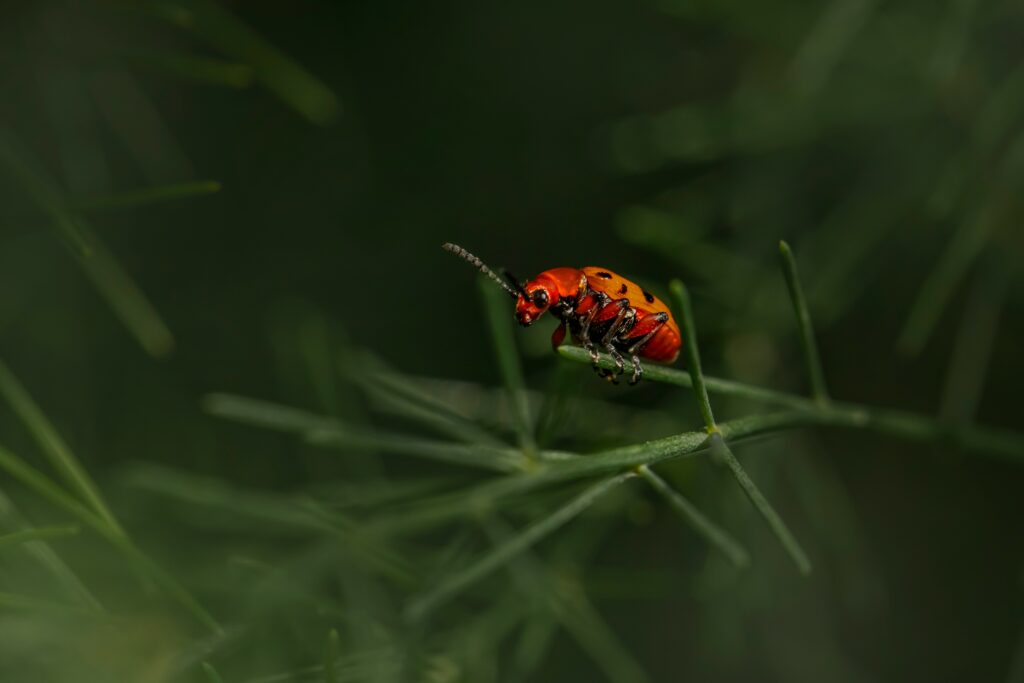
Mealybugs are another major threat when it comes to common houseplant pests and diseases. They appear as cotton-like clusters on stems and leaves, where they feed on plant sap. Their feeding weakens plants and causes leaves to yellow or curl. Like aphids, they excrete honeydew, which leads to mold growth.
Because they spread quickly from plant to plant, it is crucial to treat them promptly. Rubbing alcohol can be used to wipe them away, while neem oil sprays provide longer-term control. Successful management often requires consistency over several weeks.
4. Scale Insects
Scale insects differ from other pests because they stay in one spot after attaching to stems or leaves. They look like small, dome-shaped bumps but hide underneath protective shells while draining the plant of sap. This leads to yellowing, premature leaf drop, and poor growth.
Since sprays cannot always penetrate their shells, physical removal is often necessary, followed by horticultural oil applications. Identifying scale early is vital in indoor plant pests control, since they are difficult to eliminate once the infestation spreads.
5. Fungus Gnats
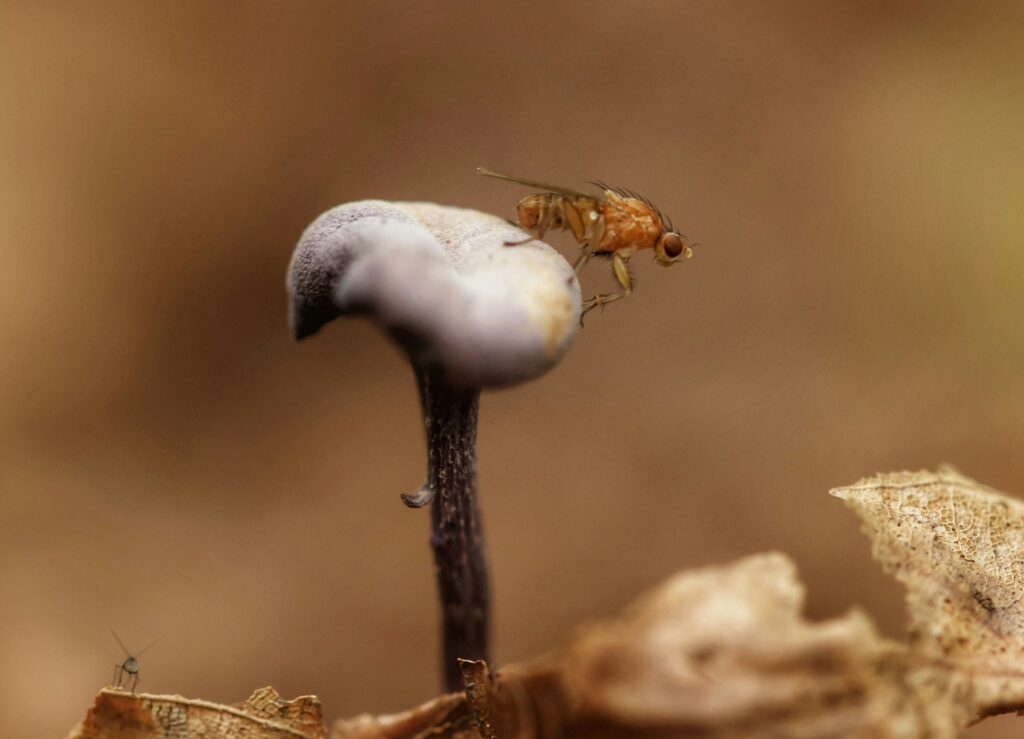
Fungus gnats are tiny black flies that hover around soil surfaces. While adults are mostly harmless, their larvae feed on roots and organic matter in the soil, leading to wilting and poor growth in young plants. Overwatering is the main cause of fungus gnat problems.
Allowing soil to dry between waterings reduces their numbers significantly, while sticky traps catch adults and soil treatments kill larvae. For those learning how to get rid of houseplant pests, fungus gnats serve as a reminder that watering habits play a major role in pest prevention.
6. Whiteflies
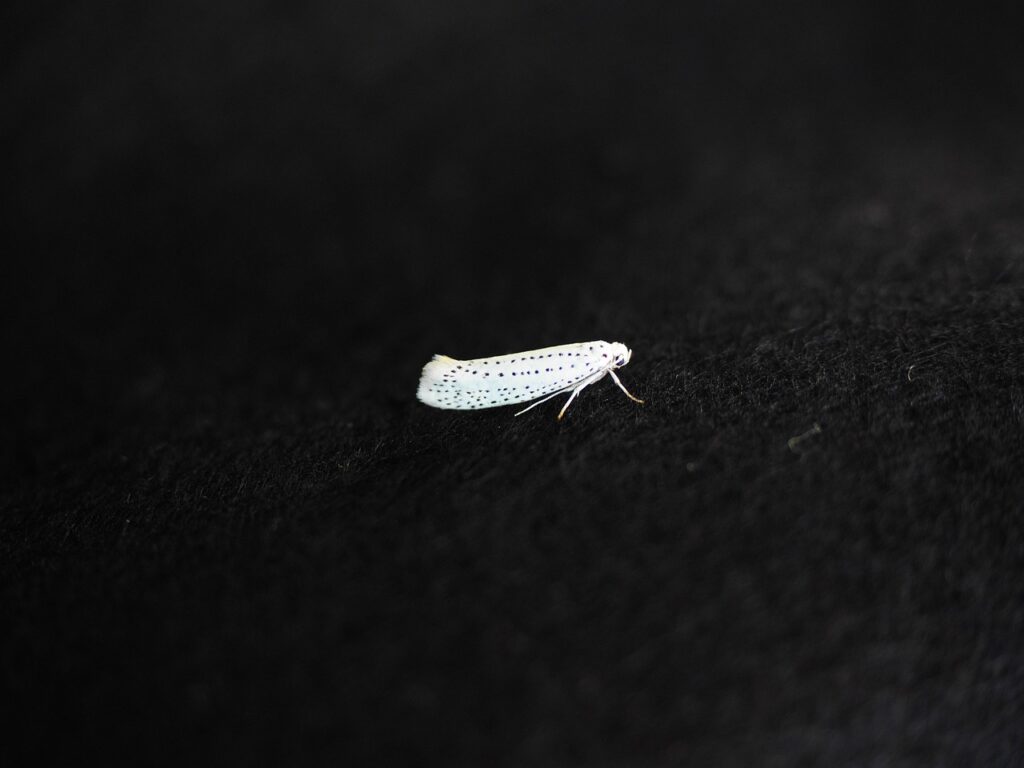
Whiteflies are small, winged insects that gather on the undersides of leaves. When disturbed, they fly up in swarms, making their presence obvious. They suck sap from leaves, causing yellowing and dropping, and also leave behind honeydew. Since they reproduce rapidly, infestations spread quickly if not controlled.
Neem oil sprays, insecticidal soaps, and pruning infested leaves are effective strategies. Whiteflies are one of the more noticeable pests that affect houseplants, and quick intervention prevents long-term plant stress.
7. Thrips
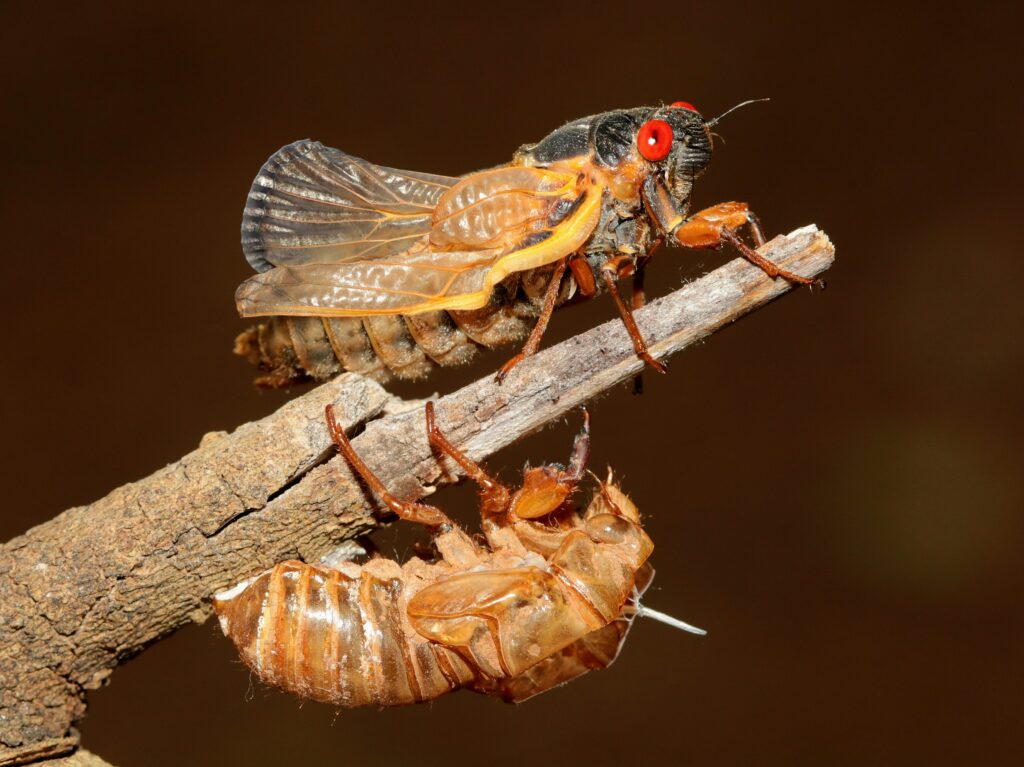
Thrips are slender insects that scrape leaf surfaces and flowers, leaving behind silvery streaks and distorted growth. They are difficult to see but easy to identify by the damage they cause. Thrips spread quickly through indoor spaces, especially when plants are close together.
Blue sticky traps, pruning, and regular sprays help reduce their numbers. For gardeners practicing houseplant pest identification, thrips are recognized by their unique streaking damage, which distinguishes them from mites or aphids.
8. Root Aphids
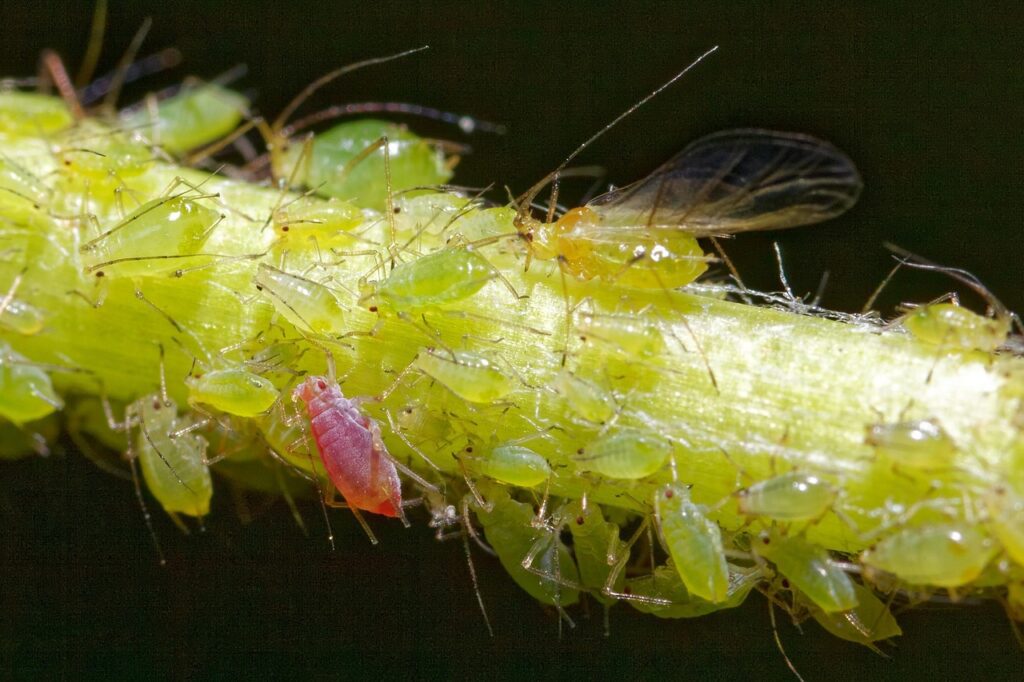
Unlike their above-ground relatives, root aphids attack plants below the soil, damaging root systems and causing stunted growth. Symptoms often mimic overwatering or nutrient deficiency, making them harder to diagnose.
Once detected, beneficial nematodes or soil drenches are effective treatments. Because they spread quickly through shared soil or pots, isolating infected plants is essential. Root aphids highlight the importance of thorough checks when practicing indoor plant pests control.
Top 6 Reasons Why Garden Plants Keep Dying
9. Leaf Miners
Leaf miners are larvae that burrow between leaf surfaces, leaving winding, white trails across the leaves. While often more cosmetic than fatal, heavy infestations can weaken plants by interfering with photosynthesis.
Removing affected leaves and applying neem oil helps reduce their impact. For growers learning how to get rid of houseplant pests, leaf miners demonstrate how even hidden pests inside leaves can affect plant health.
10. Slugs and Snails
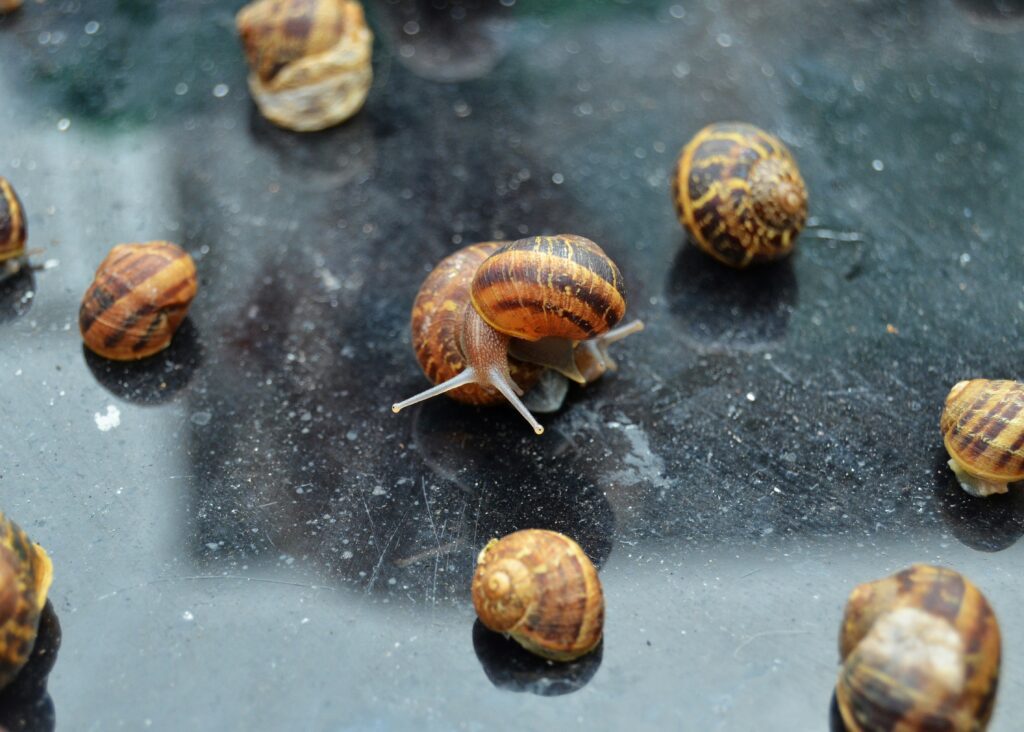
Although more common outdoors, slugs and snails can sometimes find their way into potted plants indoors. They chew irregular holes in leaves and quickly damage tender new growth. Because they prefer damp environments, keeping soil on the drier side discourages them.
Hand-picking them off plants and using barriers like diatomaceous earth provide long-term protection. While not as common indoors, they still fall under the group of pests that affect houseplants and can cause serious problems when overlooked.
Indoor Plants You Can Grow From Seeds
How to Prevent Common Houseplant Pests
The most effective approach to handling common houseplant pests and diseases is prevention. Healthy plants are less likely to suffer from severe infestations, so proper watering, regular leaf cleaning, and careful inspection are essential.
Always check new plants before introducing them into your collection, as many pests arrive hidden on new leaves or in the soil. Quarantining new additions, avoiding overwatering, and cleaning leaves regularly are simple but powerful steps in indoor plant pests control.
Conclusion
Caring for indoor plants goes beyond watering and sunlight, it also means staying alert to the tiny intruders that can cause serious damage. The common houseplant pests we’ve covered, from aphids and spider mites to fungus gnats and mealybugs, may be small, but their impact on plant health can be significant if left untreated.
The key to managing pests is early detection and consistent care. By practicing good houseplant pest identification, monitoring your plants regularly, and acting quickly with safe and effective treatments, you can stop infestations before they spread. Simple habits like wiping leaves, avoiding overwatering, and inspecting new plants can make all the difference in keeping your indoor garden thriving.
While no plant owner is immune to pests, knowing how to get rid of houseplant pests ensures you stay one step ahead. With patience, attention, and the right control methods, you’ll enjoy vibrant, healthy plants that continue to brighten your home without the interference of unwanted guests.
